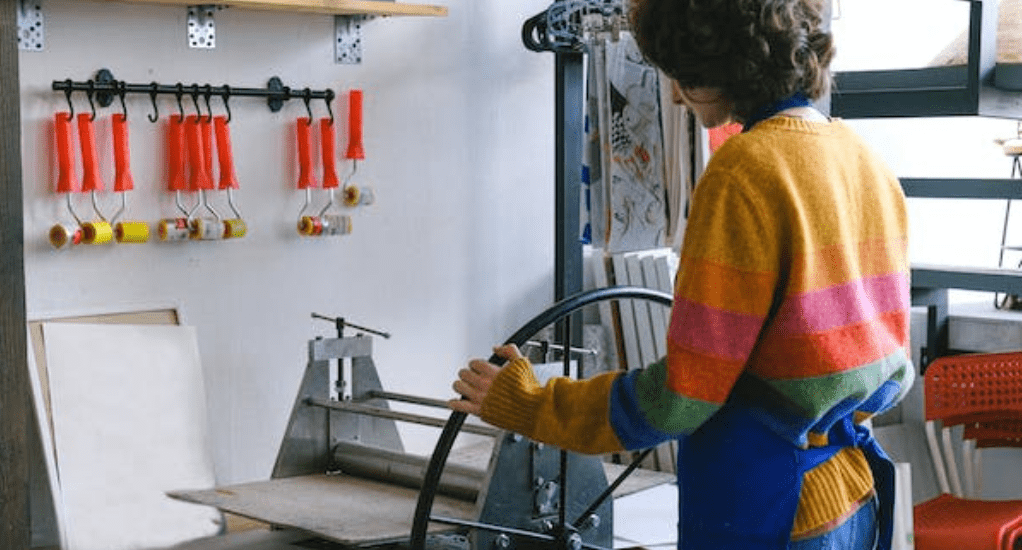
Banners are a ubiquitous part of our visual landscape, used for everything from advertising to celebrations. However, creating an effective and eye-catching banner involves a blend of art and science. In this blog post, we will delve into the world of banners printing, exploring the design, materials, and printing techniques that make banners a powerful tool for conveying your message.
The Power of Banners
Banners have been used for centuries to communicate messages to the masses. From historical proclamations to modern advertising, banners serve as attention-grabbing, versatile tools for sharing information. Whether you’re promoting a business, marking a special event, or supporting a cause, a well-designed banner can make a lasting impact.
Design Matters
The design of a banner is crucial to its effectiveness. A well-crafted design should be visually appealing, easy to read, and reflect the message or brand it represents. Here are some key design elements to consider:
- Color: Choose colors that are attention-grabbing and align with your brand or message. High contrast between the background and text helps readability.
- Typography: Use clear, legible fonts. The size of your text should be large enough to be seen from a distance.
- Images and Graphics: Include eye-catching images or graphics that enhance your message. Ensure they are high-resolution for crisp printing.
- White Space: Avoid cluttering the banner with too much text or graphics. Adequate white space improves readability.
- Call to Action: Include a clear and concise call to action to encourage your audience to take the desired step.
Materials Matter
Choosing the right material for your banner is essential for its durability and visual impact. Here are some common materials used in banners printing:
- Vinyl: Vinyl banners are the most popular choice due to their durability and versatility. They are suitable for both indoor and outdoor use.
- Fabric: Fabric banners offer a softer, more premium look and feel. They are often used for indoor events, trade shows, and backdrops.
- Mesh: Mesh banners have tiny holes that allow wind to pass through, making them ideal for outdoor use in windy conditions, such as on fences or scaffolding.
- Canvas: Canvas banners provide a more artistic and textured appearance and are often used for indoor displays and art exhibitions.
- Paper: Paper banners are cost-effective and suitable for short-term indoor use, such as for parties or conferences.
Printing Techniques
The quality of printing can significantly impact the final appearance of your banner. Various printing techniques are used in banner production:
- Digital Printing: Digital printing is a versatile and cost-effective method suitable for small print runs and complex designs. It offers vibrant colors and high-resolution output.
- Screen Printing: Screen printing is a traditional method for larger print runs and simple designs. It can produce bold, solid colors and is often used for text-heavy banners.
- Dye-Sublimation: Dye-sublimation printing is ideal for fabric banners, as it provides a vibrant, long-lasting, and fade-resistant finish.
- UV Printing: UV printing is used for large-format banners and provides quick drying and high-quality prints with vivid colors.
Finishing Touches
Once your banner is printed, there are additional finishing options to consider, such as:
- Hemming and Grommets: Reinforce the edges of the banner with hems to prevent fraying, and add grommets for easy hanging.
- Pole Pockets: Sewn or heat-welded pockets along the banner’s edges for inserting poles or rods.
- Lamination: Applying a protective laminate coating can enhance durability, especially for outdoor use.
- Double-Sided Printing: For banners that will be seen from both sides, double-sided printing ensures your message is visible from any angle.
- Mounting Options: Depending on where and how you plan to display your banner, various mounting options, such as adhesive backings or stands, are available.
Environmental Considerations
As environmental consciousness grows, many individuals and businesses are seeking more sustainable banner options. Eco-friendly materials, such as biodegradable vinyl and water-based inks, are becoming increasingly popular. Reusable banners, made from materials like fabric, contribute to a more eco-conscious approach to banner printing.
Conclusion
Banners printing is an art and science that involves careful consideration of design, materials, printing techniques, and finishing touches. A well-designed and well-printed banner can make a significant impact, whether it’s for advertising, special events, or conveying important messages.
As technology advances, we can expect more eco-friendly options and innovative printing techniques that will further enhance the quality and sustainability of banners. Whether you’re a business owner, event organizer, or an individual looking to make a statement, understanding the elements of banners printing can help you create banners that stand out and leave a lasting impression.

